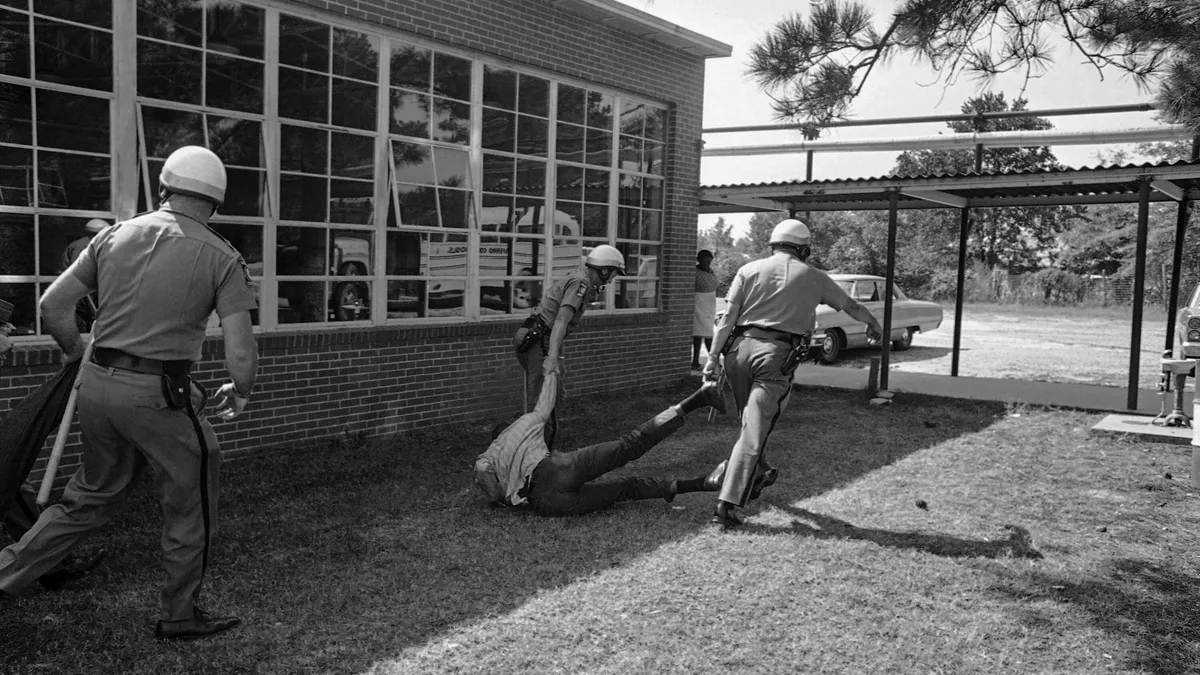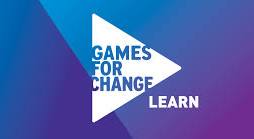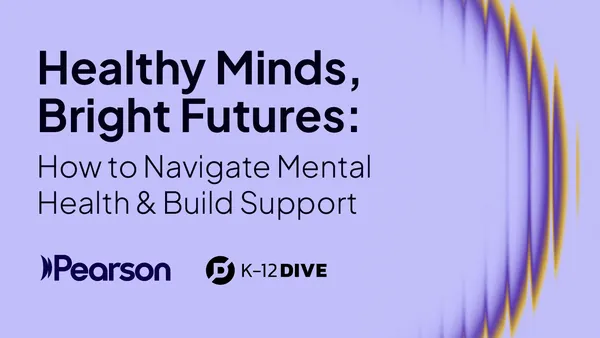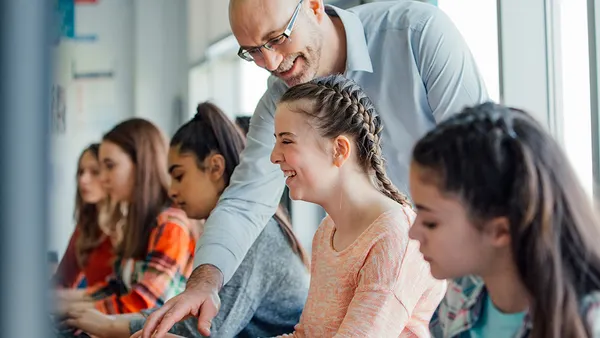Dive Brief:
- In the Vancouver school district in Washington, special community resource centers that provide social services to students and families to meet the needs of a changing demographic.
- In the district, nearly half of all schools presently have these family- and community-resource centers and by the year 2020, services will be offered in all 35 schools.
- Both private and public resources make the schools work; they offer food to children, parenting classes, and a "safe space" for students to sit and talk.
Dive Insight:
The community schools trend appears to be spreading, and districts who are interested in the initiatives should watch what's currently unfolding in Minnesota. There, teachers' unions have expressed support for expanding community schools that have holistic, whole-child approaches to education, wrapping social services like health care, legal aid, and employment help for parents under the school's purview.
The idea has caught on in California and in Rochester, NY. Rochester's Beacon school coordinates services to students and community members, including free healthcare and meals; some schools in the Hayward Unified School District are also supplying health and social services to students and families. According to the Coalition for Community Schools, 5,000 such schools already serve 2 million students in the U.S.
It's important to note that although community schools have seen excellent results, they can be expensive to implement. Support from both public and private partnerships, including nonprofits and local governments, are crucial.






 Dive Awards
Dive Awards







